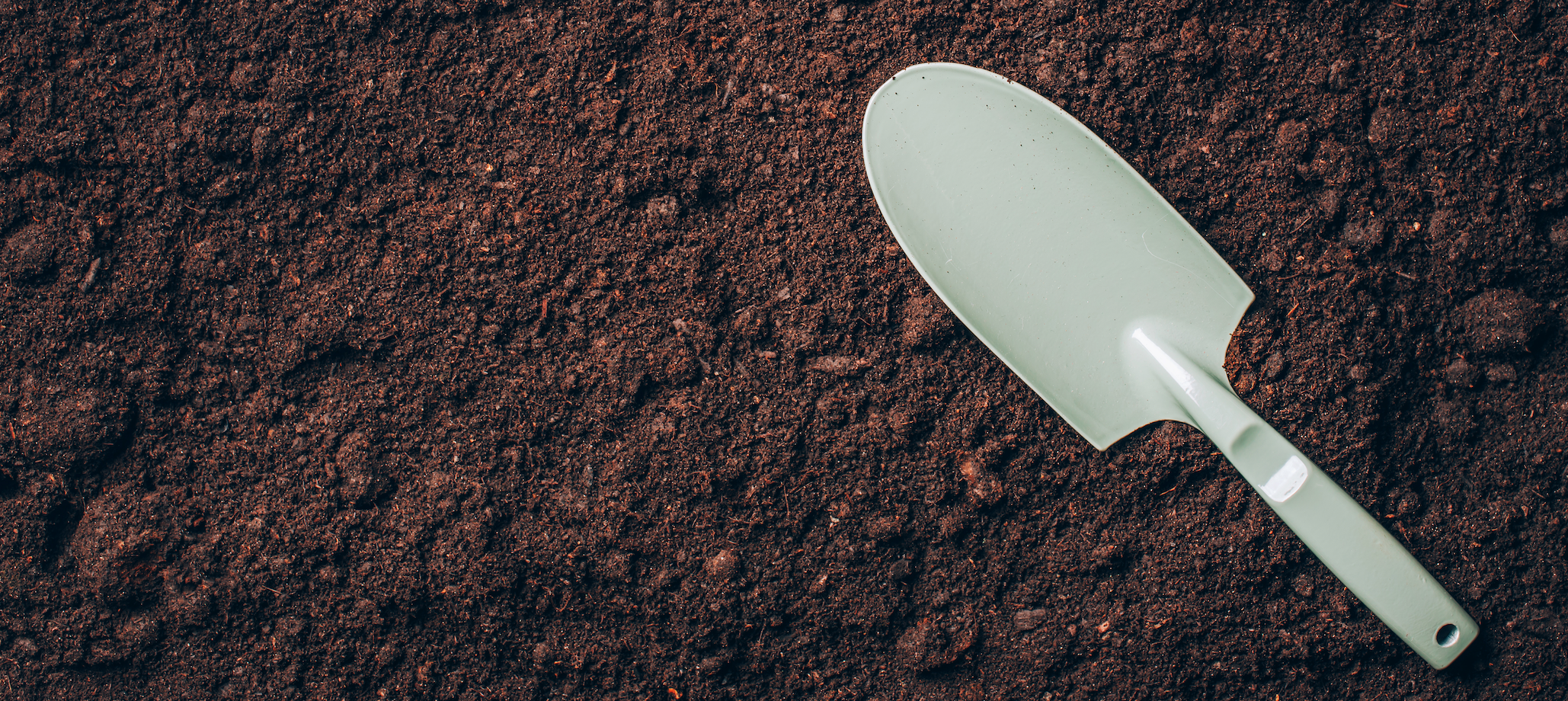There’s an ancient secret that veteran gardeners practice that we want to share with you.
It is the practice of companion planting, or growing certain species together. This allows each plant to maximize nutritional growth and health from its companion as it develops.
You can explore this simple and practical infographic from Home Advisor to companion plant with your favorite foods. It’s a long list, but gives you a quick visual reference to plan your next growing season!

No matter the size of your living or growing space,, you can realize your dream of cultivating some of the food you eat.
Even the smallest patch of soil just outside your home, in a community garden, vacant lot, window box or just in a pot, can be utilized to grow several types of plants in the same space usually used for one variety.
Why Companion Planting?
There are many reasons why experts recommend companion planting.
The right combinations can help prevent pests and facilitate pollination. Plus, companion planting means that you can increase the productivity of your garden by maximizing planting space.
“Tall plants, for example, provide shade for sun-sensitive shorter plants. Vines can cover the ground while tall stalks grow skywards, allowing two plants to occupy the same patch.”
Companion Planting in Practice
One popular companion plant is beans. You can plant beans with pretty much any other plant, except fennel, garlic, and onions. Indigenous peoples often plant beans with corn, squash, and pumpkin. This helps enrich the soil and the cornstalks provide a climbing pole for the beans.
Homesteading blogger DeannaCat offers the following advice at Homestead and Chill:
“Pairing fruit or vegetable plants with flowers like calendula or borage is the perfect way to attract pollinators such as bees and butterflies to your garden. Some vegetables like tomatoes, green beans, peppers, and peas are considered self-fertile. That means they do not require the action of a pollinator to develop fruit. In contrast, many other crops like squash, cucumber, melons, okra, and many berries and fruit trees rely on pollinators to produce.”
You can get even more in-depth insight on companion planting from the Garden Answer YouTube channel basics video.
If you are working with a smaller space and would like to grow less intensive crops, then consider growing tomatoes and basil together. The powerful smell of basil can help repel pests, and tomatoes are very vulnerable to pests.
Why Companion Plants?
Why is it important to think about what kinds of plants work together best in a home garden? Smart companion planting is good for the garden as well as the gardener. By using the natural growth patterns of plants to your advantage, you can reduce the amount of energy you expend to protect and care for your plants.
Additionally, companion planting is how many plants would grow in nature. Preserving this natural growing pattern helps maintain a balanced ecosystem and minimizes humanity’s impact on the earth.
Companion planting can reduce the need for trellises, pesticides for pest management, and labor-intensive hand pollination.









